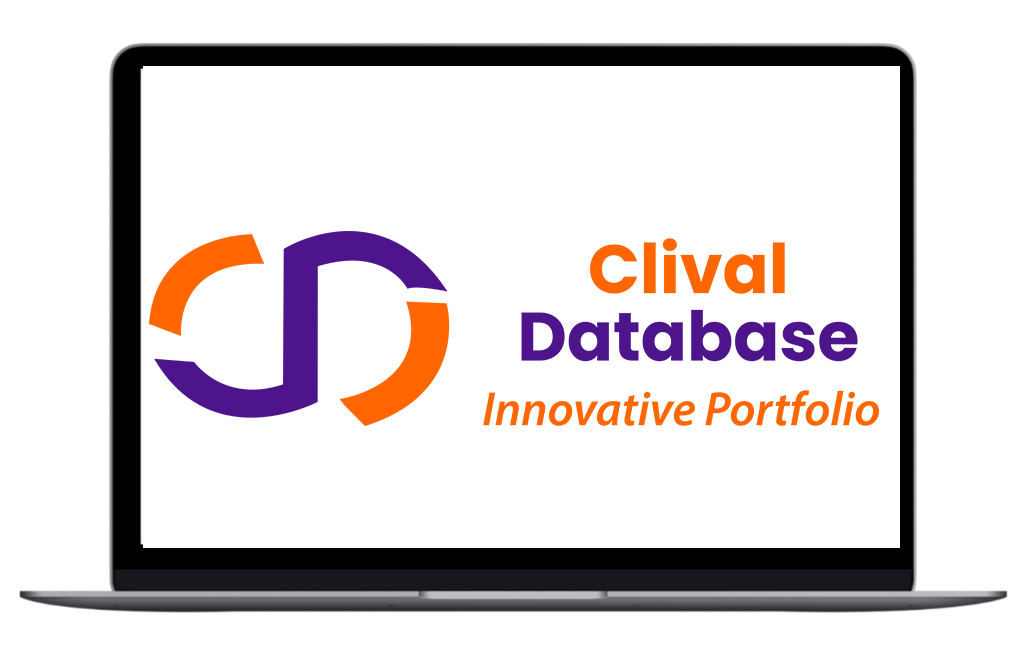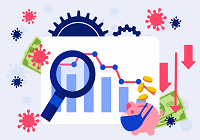How Does Pharmacovigilance Affect Clinical Industry in Us, Germany and India
What is Pharmacovigilance?
Pharmacovigilance is a science of numerous related activities that aim at detecting, assessing, monitoring, and preventing adverse effects or other drug related problems. Its main aim is to make patients safe and ensure that the advantages that come with a specific drug are far from the disadvantages. This word consists of Greek word ‘pharmakon’ and the Latin word ‘vigilare’. With the changes in the global sensation, the role played for pharmacovigilance has gained more prominence, and this is primarily seen in the clinical industry. This blog post aims at identifying what pharmacovigilance is, why it is important and an analysis of its effects to the clinical sectors in USA, Germany and India.
The Role of Pharmacovigilance in the Clinical Industry
Pharmacovigilance plays a critical role in the clinical industry by:
- Adverse Event Reporting: Patients and caregivers, or health care practitioners, are the ones who voluntarily report ADRs to the regulatory agencies.
- Ensuring Patient Safety: The pharmacovigilance has a key responsibility in minimizing potential threats of products associated with pharmaceutical industries by determining and evaluating ADRs.
- Regulatory Compliance: There are regulations that deal with drug safety for pharmaceutical companies and this involves reporting of ADRs to the appropriate authorities.
- Data Analysis: The data thus collected goes through a high statistical analysis to look for any sign that would be suggestive of its being unsafe.
- Risk Management: Developing approaches and methods of minimizing the associations linked to the use/ application of a certain drug for instance altering labels or outright removing that drug.
- Improving Drug Development: This means that testing of the safety of the drugs, helps in enhancing the formulations of the drugs and overall quality of the drugs in the market.
- Enhancing Public Health: This way, pharmacovigilance also adds up to a healthier population thus eradication or avoidance of ill-effects which cause a lot of suffering.
The Impact of Pharmacovigilance on the Clinical Industry
-
Pharmacovigilance in the United States
In the US, the specific federal body that is charged with the responsibility of implementing and supervising pharmacovigilance is the Food and Drug Administration commonly referred to as FDA. The FAERS is an online data base of adverse event and medication error reports received by the Food and Drug Administration. Below are just but a few of how the FDA uses this data in monitoring the safety of drugs and the action that may be taken which may include changing labels of the said drugs or even pulling the said drugs off the market in case. (Courtesy: WHO)
At the moment, USA has a proper mechanism of keeping track of drugs risks and ADRs because doctors, pharmacists, and the pharma industries are legally required to report on any of the incidences. It also produces a convenient way to understand and eliminate any risks concerning drugs to the overall health of the population. The impact of pharmacovigilance in the US clinical industry can be seen in several areas:
- Regulatory Scrutiny: Notably, the post-marketing surveillance that the FDA deems extremely stringent irrespective this approval means that drugs are closely monitored.
- Innovation and Trust: Using the results of the negative consequences monitoring, the patients increase their participation in medical trials or adherence to new medications.
- Litigation and Financial Implications: This in turn helps in reducing the risks of risk such as the probability of lawsuits and fines that can be reclaimed on the firms.
Pharmacovigilance in Germany
Germany operates with the European Medicines Agency (EMA) pharmacovigilance guidelines. The Central Institute for Drugs and Medical Devices, also known simply as BfArM, is the agency that is supposed to supervise drug safety in Germany. BfArM monitors ADR reports and also works with other regulatory authorities in Europe to safeguard drug use in the EU. (Courtesy: EMA)
The country has already developed numerous good pharmacovigilance centres which function comprehensively and contribute to the management of the drug safety efficiently. Pharmacovigilance in Germany impacts the clinical industry in the following ways:
- Comprehensive Reporting System: Germany reportedly has a very established system for reporting ADRs with legal mandates for healthcare providers and the drug industry to report all incidences of an ADR within 7 days of identification.
- Collaboration with EU: Since Germany is among the European Union member states, it adheres to the guidelines of the EMA for safety reporting to enhance the implementation of safety reporting among the member country.
Pharmacovigilance in India
Pharmacovigilance in India had a long history of its development. India’s Pharmacovigilance Programme called PvPI was started in 2010 aimed at the monitoring of drug safety in India. PvPI is coordinated by the Indian Pharmacopoeia Commission, which is, the National Coordinating Centre for IPC. The impact of pharmacovigilance in the Indian clinical industry includes:
- Rapid Growth of Clinical Trials: Over the past few years, there has been a tendency toward the requirement of more extensive safety information provision by the corresponding authorities as the clinical trial sites in India grows continuously.
- Global Harmonization: When India comes out as a leading supplier in the global market, there is more reason to adhere to the international standards in pharmacovigilance.
- Public Health Initiatives: India’s pharmacovigilance also focuses on population and contributes to the vaccine safety or other public health interventions. It ensures that only the intended beneficiaries of the interventions are the ones who benefit from the alternative while the rest of community population is shielded from more risks.
What can be reported?
- End of life or critical illness
- Hospitalization of the patient
- Genetic defect
Pharmacovigilance in India has certain issues like, large and heterogeneous population, variation of health care facilities and utilization of generics. However, the above mentioned challenges it has shown some improvement in the enhancement of Pharmacovigilance in India. It currently boasts more than 250 ADR monitoring centres and has been transformed to World Health Organization Collaborating Centre for Pharmacovigilance in Public Health Programmes and Regulatory Services. (Courtesy: Springer.com)
Future goals
To make the institution aware about the reporting of ADR and to ensure that all Medical Council of India approved educational institution fall under the coverage of PvPI, it is highly desirable that all the health care staff under taking advanced training at the AMC. There should be a good system that is able to detect new ADRs and generate information that help the patient as well as the healthcare providers. Building on the international collaboration of pharmacovigilance results in better safety and of course better public health.
Conclusion
Pharmacovigilance is an essential branch of clinical industry since it focuses on the safety of drugs and their effectiveness. From the above observations it could be noted that while the principles, laws and the mechanisms of pharmacovigilance in the US, Germany and India are all different, the overall objectives of protecting the public from hazard from medicines are the same. These countries ensure that the monitoring and evaluation of drug safety data is always being done hence helping the world initiatives of making the drugs safer for use.
Frequently Asked Questions

Optimize Your trial insights with Clival Database.
Are you exhausted from the uncertainty of trial insights pricing? Clival Database ensures the clarity in the midst of the global scenario for clinical trials to you.Clival Database is one of the best databases that offers an outstanding number of clinical trial data in terms of 50,000+ molecules and from primary regulatory markets as well as new entrants like Indian and Chinese markets.
Elevate your trial success rate with the cutting-edge insights from Clival database.
Check it out today and make more informed sourcing decisions! Learn More!







